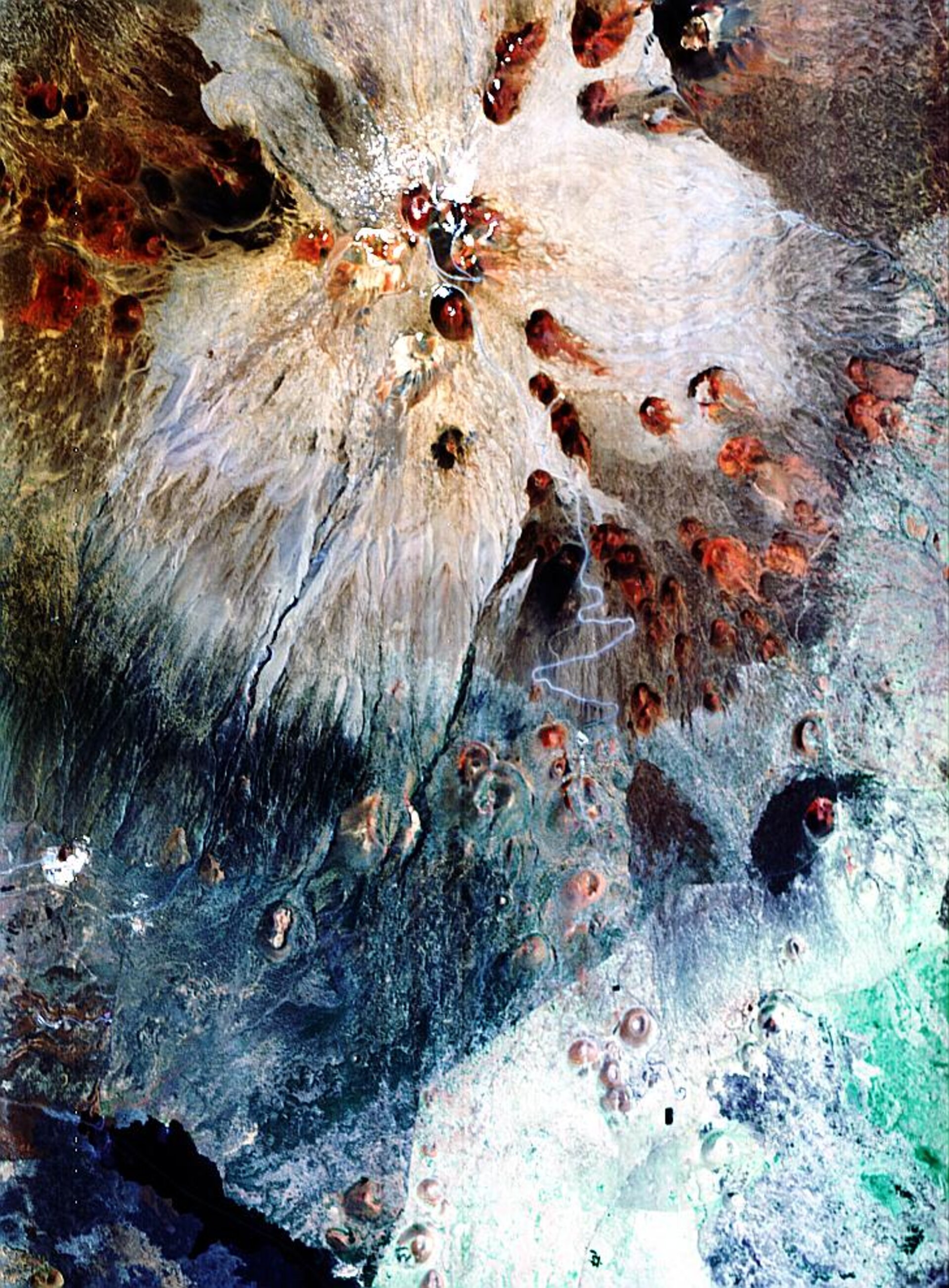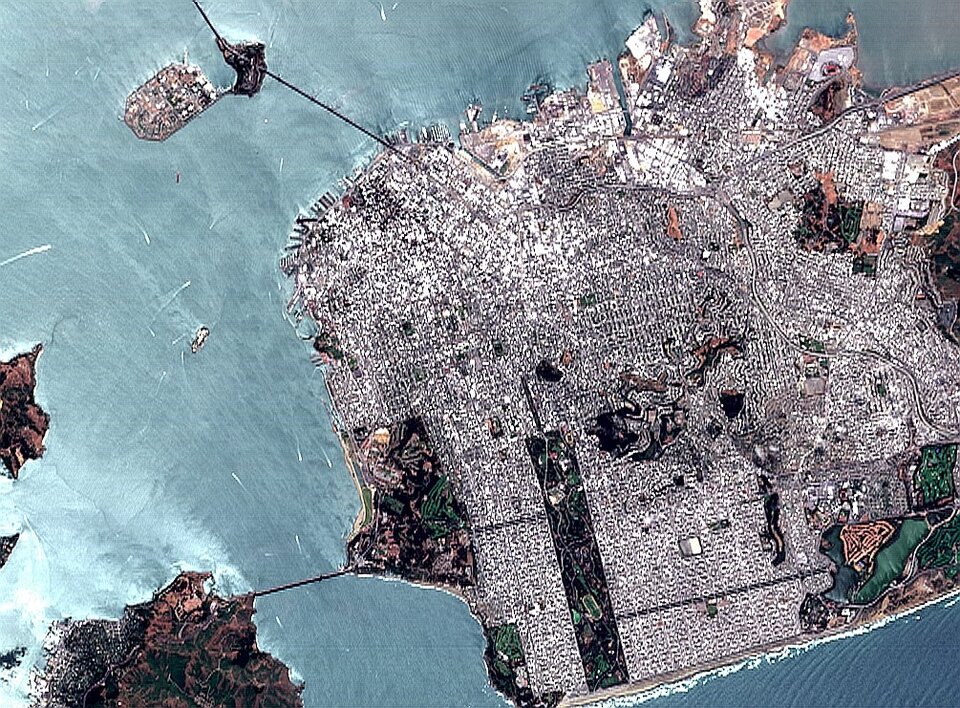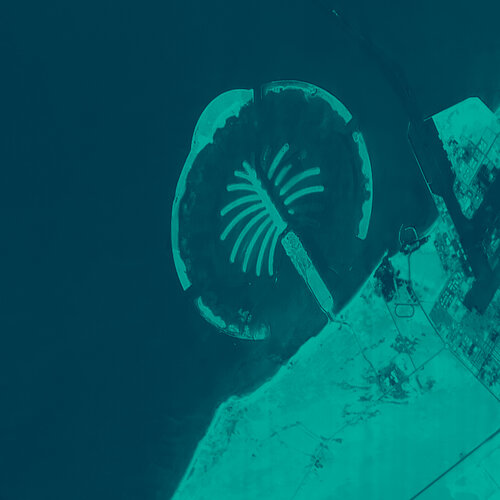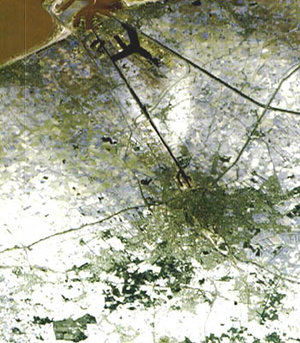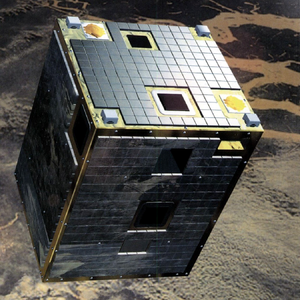Proba images available on web
ESA's first small satellite Proba for in-orbit technology demonstration is now well under way and turning out great pictures of the Earth.
"We are very happy with Proba and the results from this small satellite. It has now been in orbit for eight months and platform, instruments and ground segment are performing well,” says Frederic Teston, Proba Project Manager at ESA. “We have now decided to make available on the Internet some of the pictures taken by Proba during spacecraft commissioning.”
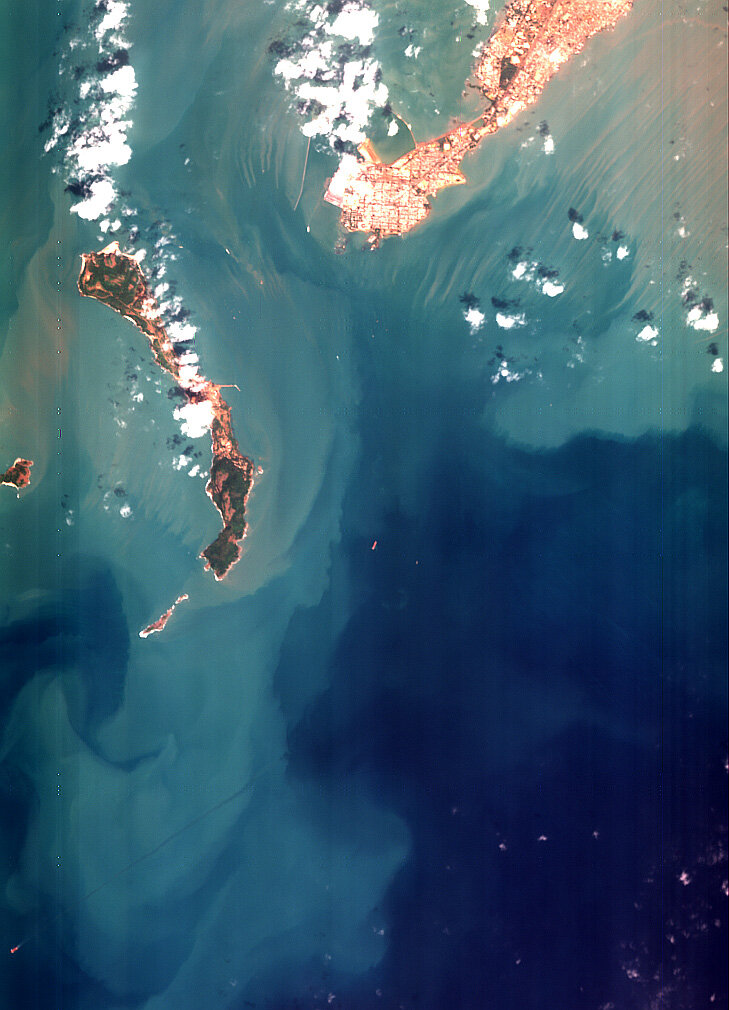
Proba (Project for On Board Autonomy) was launched on 22 October last year and is ESA's first small autonomous spacecraft. It operates with limited intervention from the ground, autonomously performing on board everyday tasks such as guidance, navigation, control, onboard scheduling and payload resource management.
Proba is part of the Agency's in-orbit Technology Demonstration Programme's overall effort to promote technological missions using small spacecraft. It was built by a consortium of small companies and institutes from seven European countries and Canada, led by the Belgian prime contractor Verhaert.
Strong processing for autonomy
Proba, although tiny - a 97 kg cube of only 60x60x80 cm, includes some of the most advanced on-board processing technology ever used on satellites to provide full autonomous operation.
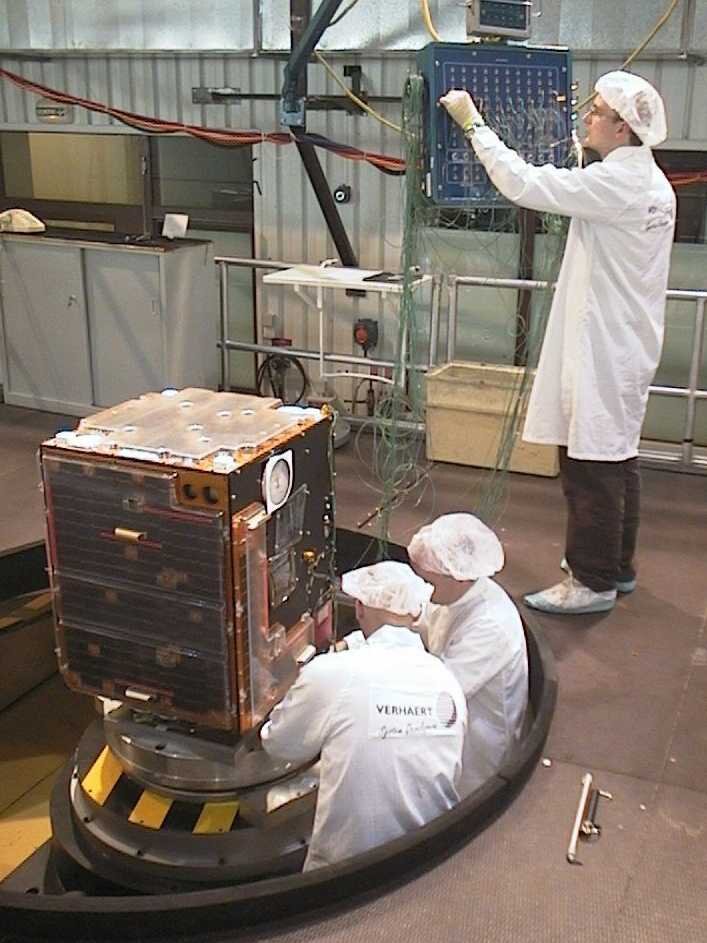
It carries the highest-performance computer system flown by ESA so far. This is a space version of a standard commercial processor intended to validate a possible computing core for future spacecraft. One Gigabit on-board memory is used for autonomous on-board data storage, until they are downloaded on a high-speed one-Megabit per second link to the ground station in Redu, Belgium.
Loaded with high-tech

Proba demonstrates technology miniaturisation and the potential of small satellites. With only 25 kg available for payload, stringent requirements were imposed, but this did not limit the capabilities of the six payloads, all dedicated to research.
"Small satellites such as Proba offer the opportunity for rapid flight-testing of technologies such as miniature digital cameras and distributed sensing devices, all of which are important for future ESA missions and European industrial competitiveness," says Frederic Teston.
PROBA images on line
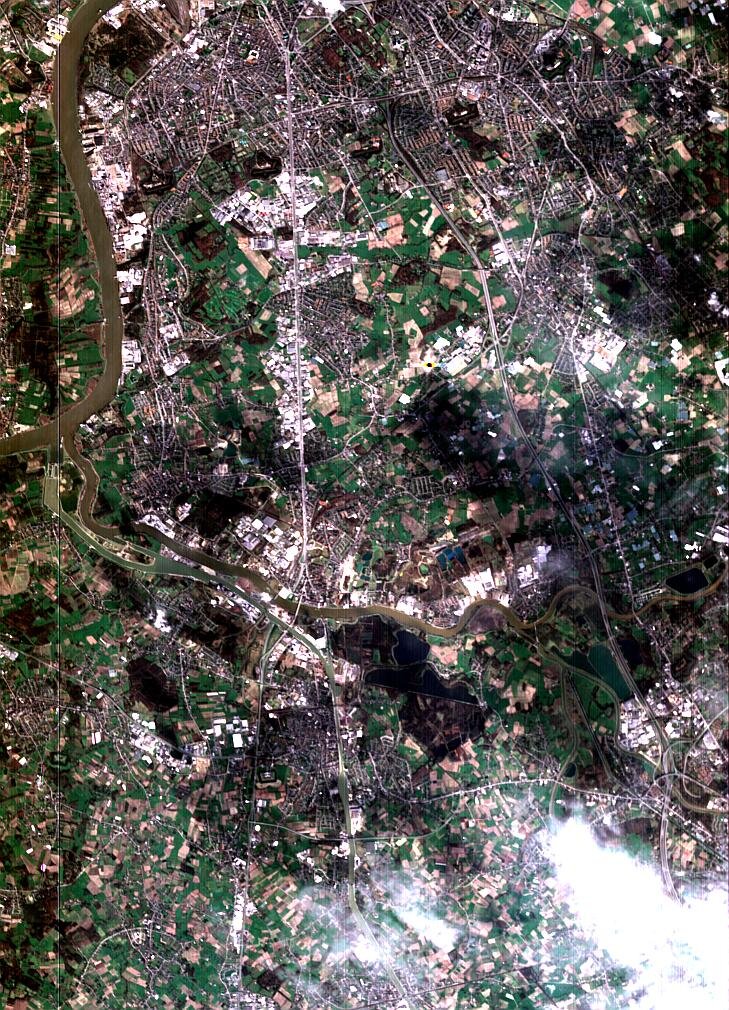
ESA is now making available on the Internet images from the Compact High Resolution Imaging Spectrometer (CHRIS). This instrument, produced by Sira Electro-Optics (UK), is with its 14 kg the largest instrument onboard.
"With the onboard GPS system and the autonomous star sensor technology, Proba is one of the best-performing small satellites in production," continues Teston. "Combining this with its advanced manoeuvring capability, will provide particularly interesting recording features of vegetation and aerosol. Forty Principal Investigators, are preparing to analyse these data, which should make it possible to distinguish between variations in leaf biochemistry and leaf/canopy structure."
A first set of images can be viewed and downloaded from the new ESA Proba website (see right-hand link). The site also provides more detailed information on this small but very advanced ESA satellite.


